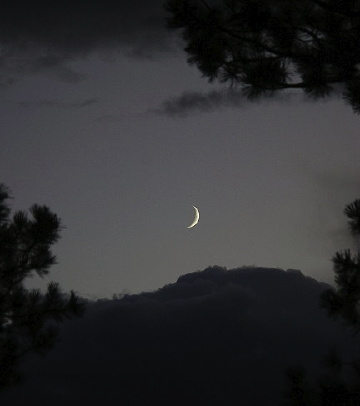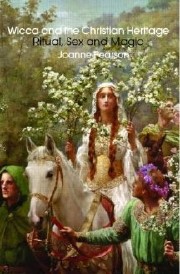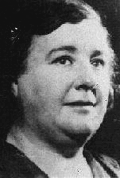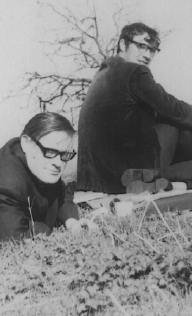I have started reading Aidan Kelly's
Inventing Witchcraft: A Case Study in the Creation of a New Religion, published by
Thoth Publications but also
available from Amazon.
In simplest terms, it's an enlargement and reworking of
Crafting the Art of Magic, Book 1, which
Llewellyn published in 1991--Kelly's study of the origins of modern Wicca, based primarily on
textual criticism of various versions of the Gardnerian
Book of Shadows.
Kelly published one earlier article on the BoS in my own zine,
Iron Mountain: A Journal of Magical Religion, which had a run of four issues from about 1984-1986. It is sort of fun to see it referred to again.
Because there was only Book 1 and no Book 2 back 15 years ago, a whole conspiracy theory has arisen, for example, that American Gardnerians somehow had the book suppressed. Even Thoth's copywriters can't resist: the back-cover copy reads, in part, "When the first edition of thisbook was released, conservative Gardnerian Witches attempted to suppress it....Even though its first printing quickly [!] sold out, the original publisher, faced with death threats and boycotts, agreed to abandon the project..."
Horse shit. Elephant dung. Monkey poop. Here are some facts:
1. Llewellyn typically then (and now, I suppose) kept first runs short, usually under 5,000 copies. If sales were good, more copies would be ordered in similar increments. Even one of their top Wiccan authors,
Scott Cunningham, was selling only in the mid-five figures at that time.
2. Shortly after
Crafting was released, I flew to Minnesota to spend a couple of days with Carl and Sandra Weschcke, who own Llewellyn, and then-acquisitions editor Nancy Mostad, discussing
the series that I was editing for them and possible other projects.
On our way to dinner the first night, Carl asked me if I knew when Kelly would send the ms. for Book 2. He
wanted to publish it. After thirty years in the occult publishing business, he probably treated the displeasure of his reading public less seriously than he treated Minnesota mosquitoes. Death threats indeed. Controversy is good for publishers, as Thoth is obliquely admitting by trying to manufacture some.
3. But Kelly's own problems at the time prevented him from ever delivering the manuscript. With no Book 2 in the pipeline, Book 1 was allowed to go out of print -- as the majority of Llewellyn titles do after their first press runs. No conspiracy there, just business.
Since Amazon advertises used copies of
Crafting at prices from $46 to more than $150, you get much more by buying the new book, despite the cover hype. I have some minor issues with it -- I wish that it more reflected research into Wiccan origins done since the first book was written -- but it is still worthwhile.
Thoth also has reprinted Dolores Ashcroft-Nowicki's
The Forgotten Mage. It is a key background book in the emergence of contemporary Paganism from the milieu of early 20th-century ceremonial magic and esotericism.
UPDATE 10/25: Greetings if you came here from
Wildhunt. (Thanks, Jason.) As I hope I made clear in my response to one commenter, I don't want to turn a discussion of this dubious book marketing into a pro/con discussion about Dr. Kelly and his difficult relationship with other American Gardnerians. Don't want to go there, OK?
Labels: publishing, Wicca, Writing


 I have not yet seen it, but English scholar Jo Pearson has a new book,
I have not yet seen it, but English scholar Jo Pearson has a new book, 


 LEFT: John Jones, left, and Robert Cochrane, in about 1965.
LEFT: John Jones, left, and Robert Cochrane, in about 1965.


